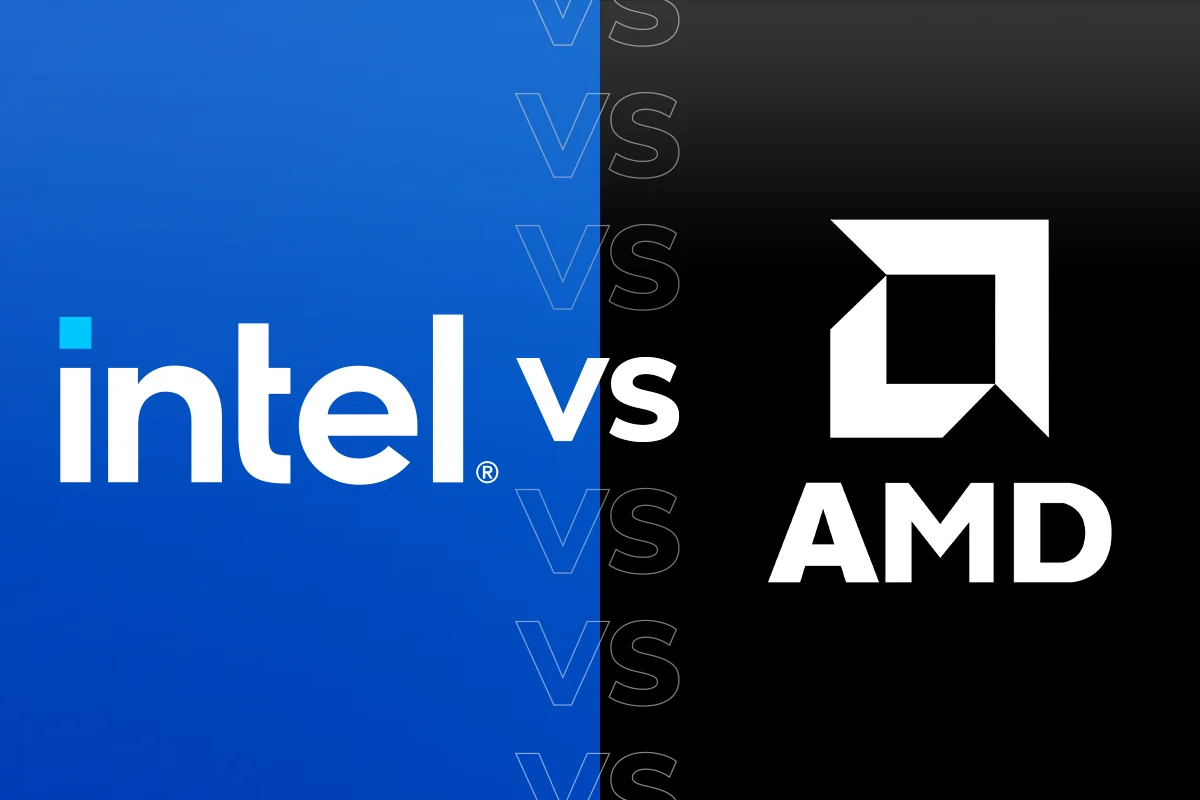
When we go to choose a new processor for the PC, we always have the eternal dilemma: Intel or AMD? In this article we are going to compare two of the top selling processors from both Intel and AMD for the mid-range, the Core i3-9100F vs Ryzen 5 1600AF, two processors that we can find below 100 dollars and that, however, deliver one excellent performance for any type of computer, including PC gaming.
A priori, the Intel processor has a relative advantage as it is significantly cheaper, since its price is around 75 dollars compared to 100 dollars for the AMD processor and, nevertheless, there are certain differences in favor of the Ryzen processor that could make the balance shifts in his favor. Let’s check everything.
We are as we can see before a quad-core processor without HyperThreading against a six-core and twelve threads with SMT, so the AMD processor is much better in this regard. The Intel processor takes some speed advantage since its base frequency is 400 MHz higher, and the turbo is 600 Mhz higher than that of the AMD processor, also having the same TDP.
Intel Core i3-9100F vs AMD Ryzen 5 1600AF comparison table
| Intel Core i3-9100F | AMD Ryzen 5 1600AF | |
| Architecture | Coffee Lake Refresh | AMD Zen + Picasso |
| Segment | Desk | Desk |
| Socket | LGA 1151 | AM4 |
| Die | 140.6 mm2 | 210 mm2 |
| Cores | 4 | 6 |
| Threads | 4 | 12 |
| Transistors | 4,950 million | |
| L1 cache | 64K per core | 128K per core |
| L2 cache | 256K per core | 512K per core |
| L3 cache | 6 MB shared | 4 MB shared |
| Base frequency | 3.6 GHz | 3.2 GHz |
| Turbo Frequency | 4.2 GHz | 3.6 GHz |
| TDP | 65 W | 65 W |
| Lithography | 14 nm ++ | 12nm |
| Maximum temperature | 100 ºC | 95 ºC |
| Heatsink as standard | Intel OEM | AMD Wraith Silent |
| RAM | Up to 64GB DDR4-2 400 | Up to 64GB DDR4-2933 |
| Memory configuration | Dual channel | Dual channel |
| PCIe | 3 | 3 |
| Integrated graphics | No | No |
| IGPU frequency | No | No |
| Launching | 2nd Quarter of 201 9 | 43647 |
| Overclocking | No | Yes |
As for caches, both processors differ at all levels: the Intel Core i3-9100F has 64K L1 cache, 256K L2 cache, and 6MB shared L3 cache, while the AMD Ryzen 5 1600AF processor boasts 128K L1 cache, 512K L2 cache, and 4MB shared L3 cache. So the Intel processor has 2MB more L3 cache but half L1 and L2 cache. This means that the AMD processor will be faster for simple and less complex tasks, but the Intel processor will take advantage of more extensive operations.
As for the RAM memory support, the Ryzen processor takes advantage here since it supports a higher speed as standard, up to DDR4 at 2933 MHz compared to DDR4 at 2400 MHz of the Intel processor, in both cases in dual channel mode.
And now come the advantages exclusively for the AMD processor, which are two: on the one hand, this processor has two cores and four more threads, with the obvious advantage in terms of performance that this implies. The second advantage is that it has the AMD Wraith Silent heatsink at the factory, far superior to the Intel OEM that includes the brand’s processor. This means that, although it supports a lower temperature limit, if we decide not to install a third-party heatsink with the AMD processor we will have better operating temperatures.
As always, it depends. Intel’s processor is slightly cheaper, but is considerably less powerful than AMD’s. The AMD processor, for its part, not only has more cores and threads, but it comes from the factory with a much better heatsink that will also save us money by not needing to buy a third-party heatsink.
In terms of performance, the AMD processor is clearly superior, and to this we must add the additional advantages that the AMD processor gives us as the factory heatsink, so if we had to choose we would opt for the Ryzen 5 1600AF since even if it costs a little more, what he gives us in return is worth it.
